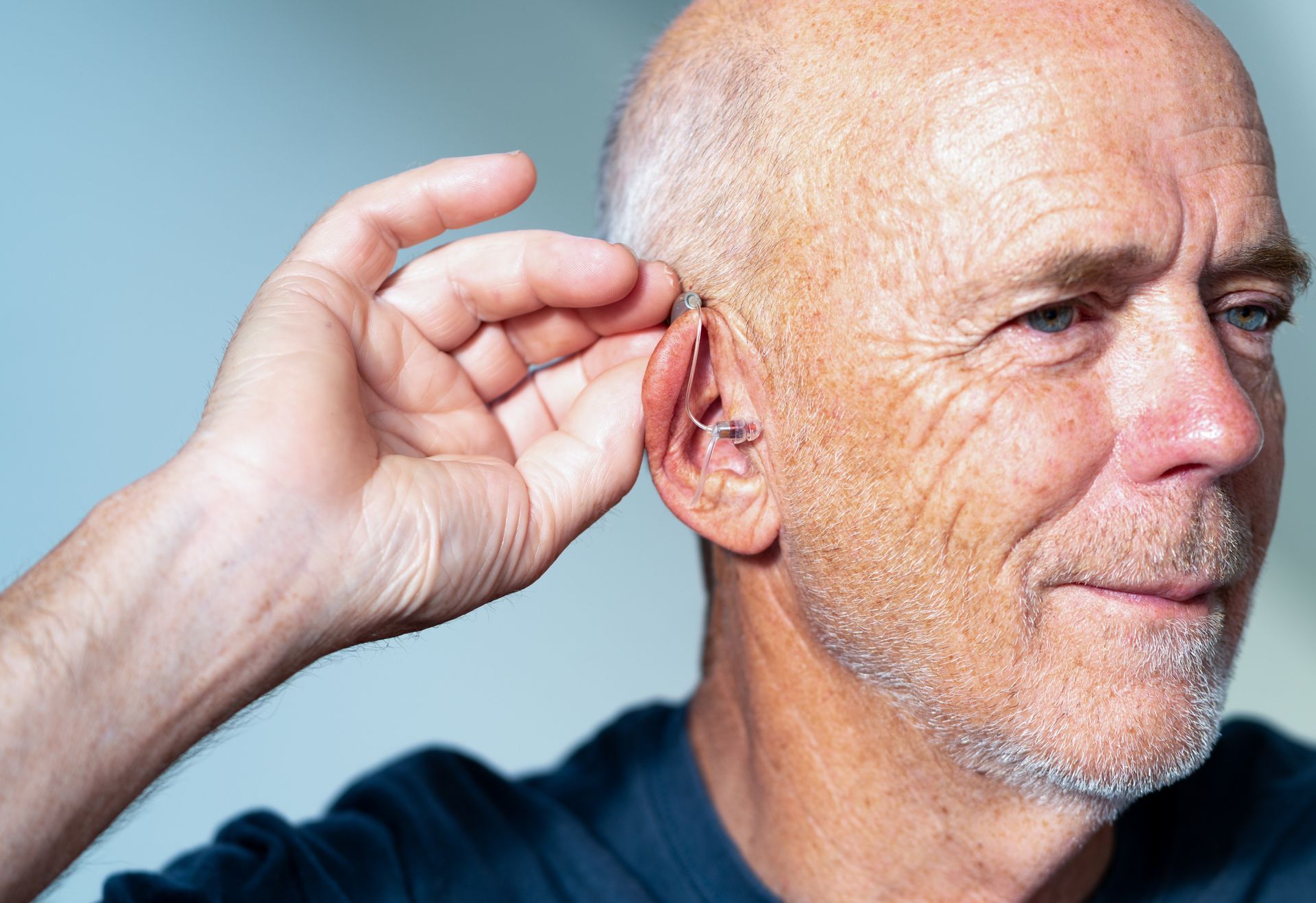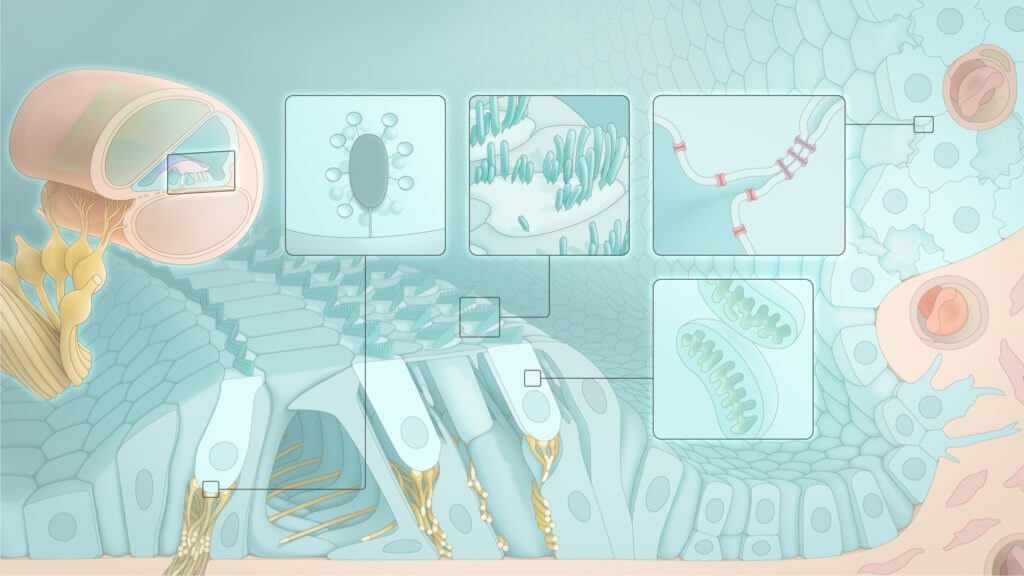‘Brown’ Is the New ‘White’ Noise
Brown noise is having a moment.
This past summer, people with ADHD began posting videos online of their reactions to hearing brown noise for the first time. On YouTube, brown noise videos have been viewed millions of times, and Spotify has playlists featuring the sound.
Wondering what all the fuss is about? Like white noise, brown noise contains all the frequencies of sound that the human ear can hear, but it has a lower, deeper quality that some people have found alleviates their stress, sharpens their focus and lulls them to sleep.1
What the Research Says
Studies show that immersive sounds like white, brown and pink noise may help the human brain relax, concentrate or sleep, particularly for people with ADHD.2,3
However, according to Yamialis Diaz, an assistant professor at NYU Langone Health, brown noise doesn’t necessarily provide better brain-soothing benefits than other colors of noise. “No research suggests that a specific kind of noise is the key. Frequencies can activate and stimulate the brain in different ways,” she noted.4
Noise Therapy and Sleep
Although individuals may use noise machines to help them drift off to dreamland, the jury is out on whether doing so results in a better night’s sleep. A 2020 review of 38 studies on white noise found limited evidence that listening to it can improve sleep.5
On the other hand, a small study that analyzed the brain waves of individuals who listened to pink noise while sleeping revealed that the participants enjoyed deeper sleep than when they slept without the noise.6
And while personal anecdotes via TikTok claim that brown noise is an ideal sleep aid, research on the topic is scarce.
Whether you use noise therapy or not, it’s best to find out the source of your sleeping issues. Center For Hearing’s expert sleep team can help—call (239) 434-0086 to schedule your sleep consultation.
1,4 Blum, D. (2022). Can brown noise turn off your brain? The New York Times. https://www.nytimes.com/interactive/2022/09/23/well/mind/brown-noise.html
2 Pickens, T. (2019). White noise as a possible therapeutic option for children with ADHD. Complement Ther Med. https://pubmed.ncbi.nlm.nih.gov/30670235/#:~:text
3 Lu, S. (2020). Spectral content (colour) of noise exposure affects work efficiency. Noise Health. https://www.ncbi.nlm.nih.gov/pmc/articles/PMC7986458/
5 Riedy, S. et al. (2021). Noise as a sleep aid: a systemic review. Sleep Medicine Reviews. https://www.sciencedirect.com/science/article/abs/pii/S1087079220301283?via%3Dihub
6 Zhou, J. et al. (2012). Pink noise: effect on complexity synchronization of brain activity and sleep consolidation. Journal of Theoretical Biology. https://www.sciencedirect.com/science/article/abs/pii/S0022519312001798?via%3Dihub



